Architectural Design Posts on Crowch
On Georgia’s Black Sea coast lies Anaklia, a small town with a big personality. Known for its sandy beaches, sea breeze, and striking modern architecture, Anaklia has become one of the country’s most unique seaside destinations.
From History to Modernity
Anaklia’s history stretches back centuries as a strategic port and fortress town, once caught between great empires. Today, traces of the past mingle with futuristic bridges, seaside promenades, and music festivals that have brought new life to this once-quiet village.
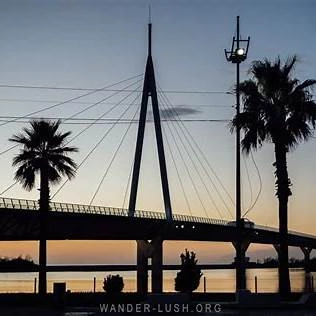
The Longest Pedestrian Bridge in Europe
One of Anaklia’s most iconic sights is its pedestrian bridge, stretching over a kilometer across the Enguri River. Connecting the town with Ganmukhuri village, it’s not just practical but symbolic—linking tradition with modernity, the river with the sea.
Beaches and Festivals
Unlike other Georgian seaside towns, Anaklia is best known for its wide sandy beaches, rare on the Black Sea coast. In recent years, it has also become famous for hosting international music and cultural festivals, drawing visitors from across Europe. This mix of sun, sea, and sound has transformed Anaklia into a vibrant spot for younger generations.
A Coastal Future
While development continues, Anaklia remains a blend of relaxation, history, and bold vision. Tourists come for the sea and sunsets, but they leave remembering the energy of a place that feels both ancient and forward-looking.
And just as Anaklia has welcomed global voices through festivals, Georgia as a whole will shine in 2025 when Tbilisi hosts Junior Eurovision. Both Anaklia and the contest show the same spirit: a country eager to share its culture, music, and hospitality with the world.
Votes: https://crowch.com/vote/2969/statistic/ https://crowch.com/vote/2919/statistic/
🌀 Embracing Fluidity: Mathieu Lehanneur on Futureproof Design
In a world in constant flux, designer Mathieu Lehanneur believes the design industry must let go of rigid frameworks and embrace change as its natural state. Rather than aiming for static perfection, he sees the future in adaptable, emotionally intelligent spaces that reflect the shifting realities of life.
Design should no longer treat humans as stable, logical users. “We’re unpredictable, irrational, and emotionally driven,” says Lehanneur. To truly connect with people, design must go beyond ergonomics — diving into psychology, spirituality, medicine, and science.
The goal? Creating environments that offer not only visual pleasure but a sense of comfort, serenity, and connection to the natural world.
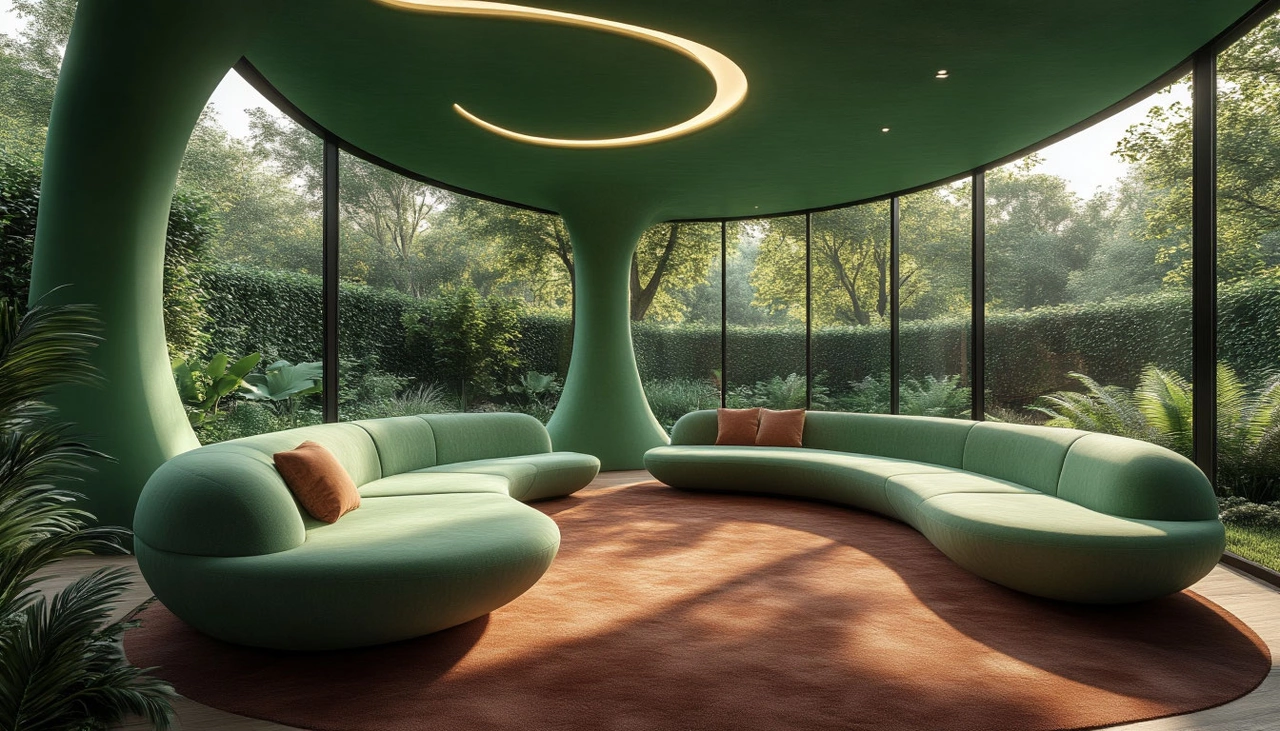
🌱 Heritage & Honesty: Yulia Loboyko on Curating Authenticity
Founder of the “Palaty” gallery, Yulia Loboyko draws from years of regional expeditions across Russia. Her curatorial vision involves weaving together unique objects into meaningful constellations that reveal cultural narratives.
At Collectible Brussels, “Palaty” disrupted expectations with unconventional objects. A standout was a chair by Studio Odingeniy, praised by curator Brecht Wright Gander as one of the show’s best. Meanwhile, PAD Paris called for deeper meanings: Loboyko emphasized heritage, symbolism, and handcraft — a strategy that earned her a feature in ELLE Decoration France.
She sees a movement away from the excess of past decades. “The future is not about grandeur. It’s about sincerity — searching inward for what really matters,” says Loboyko.
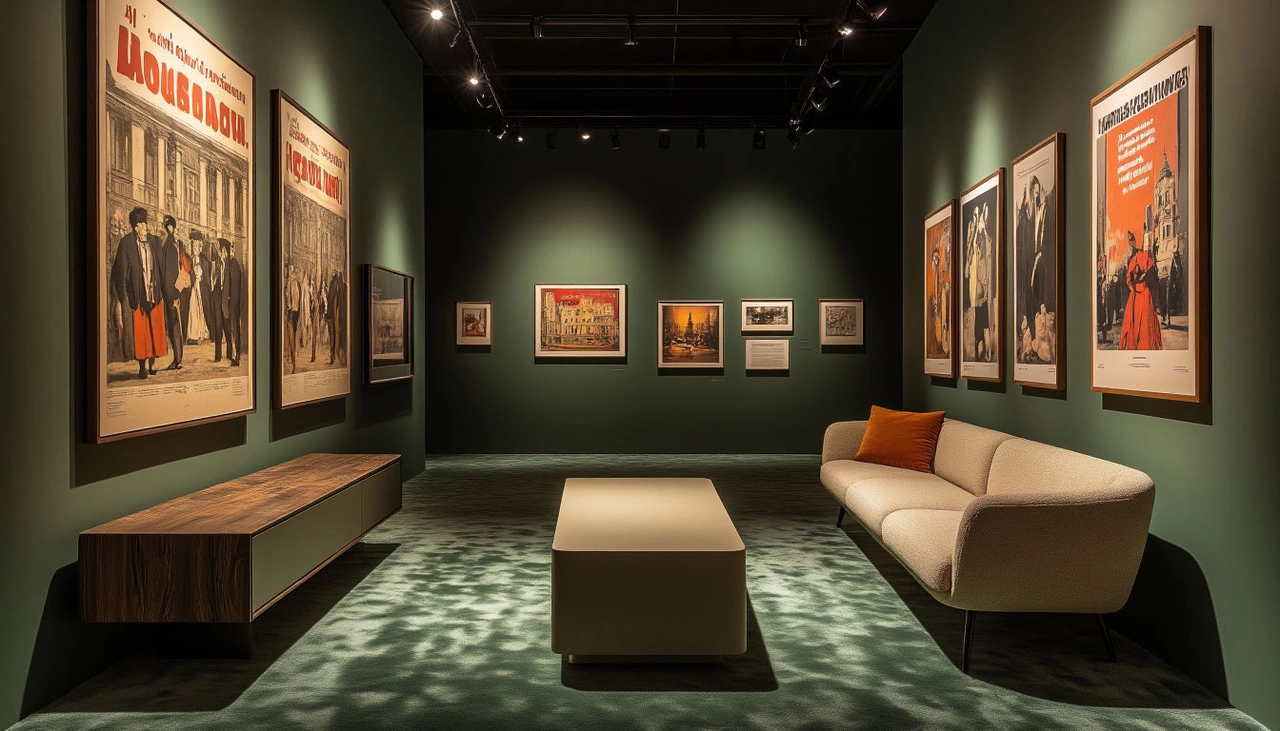
💧 Architecture as Compassion: Liu Jiakun’s Poetic Approach
Pritzker Prize 2025 laureate Liu Jiakun views architecture as a force for emotional healing. It should not only house lives but elevate them, cultivating serenity and shared identity.
His metaphor is powerful: “I want to be like water — flowing into spaces, adapting, reflecting the spirit of the place.” Over time, that water may become architecture itself — solidified yet still carrying traces of its origin.
Jiakun emphasizes the potential of buildings to awaken compassion and community. Architecture, for him, is not just about form, but about forming relationships between people, history, and space.

🏡 Resilience at Home: Maria Porro on the Shifting Role of Interiors
President of Salone del Mobile.Milano and Porro’s marketing director, Maria Porro highlights the need for homes that evolve with their inhabitants. “The house is no longer static. It breathes, transforms, and adapts,” she says.
In this era of instability, people seek balance between beauty and well-being. Sustainability is no longer a buzzword — it’s essential. Porro champions closed-loop production systems, materials that are reused, repaired, and responsibly recycled.
Furniture today is more than utilitarian. It’s becoming architectural — shaping how we move, live, and feel within a space. “Design must reflect the soul of the era,” Porro concludes.
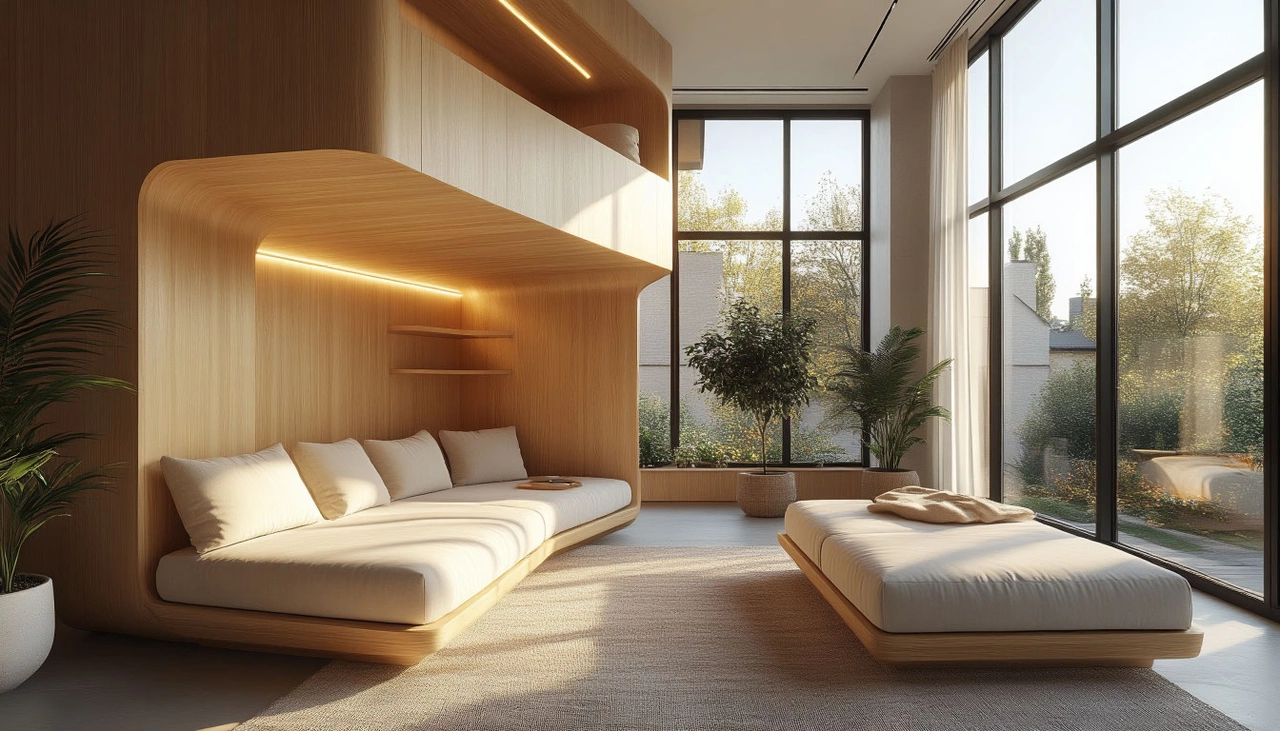
🎨 Hockney's Joy: Suzanne Pagé on Art as Emotional Light
As a curator at the Fondation Louis Vuitton, Suzanne Pagé reflects on the continued relevance of David Hockney. His art thrives on emotional transparency, bright colors, and compositional clarity. Even in personal turmoil, Hockney’s creative act is joyous. “Like Van Gogh,” Pagé notes, “he’s happy the moment he draws.”
Hockney constantly seeks new ways to engage the public — from reverse perspective to digital reproductions. His current exhibition at Louis Vuitton is described as “a doorway to spring,” offering viewers a vivid, inclusive sense of renewal.
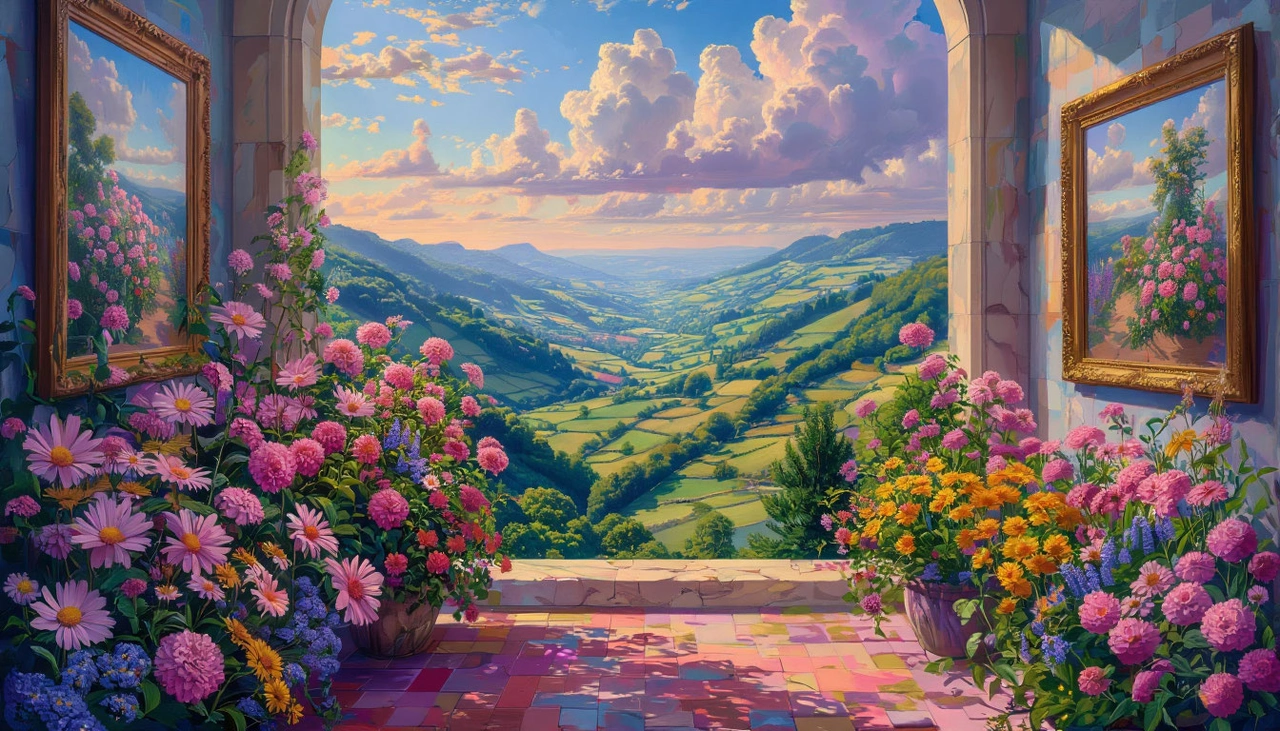
🔮 Beyond the Object: A New Era of Meaning
What unites these five voices is a shared commitment to emotional depth, cultural specificity, and adaptability. Whether it’s architecture that flows like water or galleries that honor forgotten crafts, the focus has shifted toward sincerity, storytelling, and social relevance.
Design, architecture, and art in 2025/2026 are no longer about trend-chasing. They are about reading the moment, feeling the world, and responding with empathy.
Kaisa Vilner – Malmö, Sweden
Kaisa heads an interdisciplinary studio integrating nature with cutting‑edge science. Every project begins with a deep question: Is this necessary? And if so—why? Her design process prioritizes thoughtful motivation. When the purpose is clear, materials and techniques emerge organically, shaping the final form.
For Kaisa, design is a gesture of movement—an authentic emotional transmission. Whether handcrafted or industrially produced, her objects tell stories, serve as catalysts for sustainable innovation, and embody interdisciplinary research into new materials and systems.
Good design today means posing new types of questions—about symbiosis between humans and the planet.
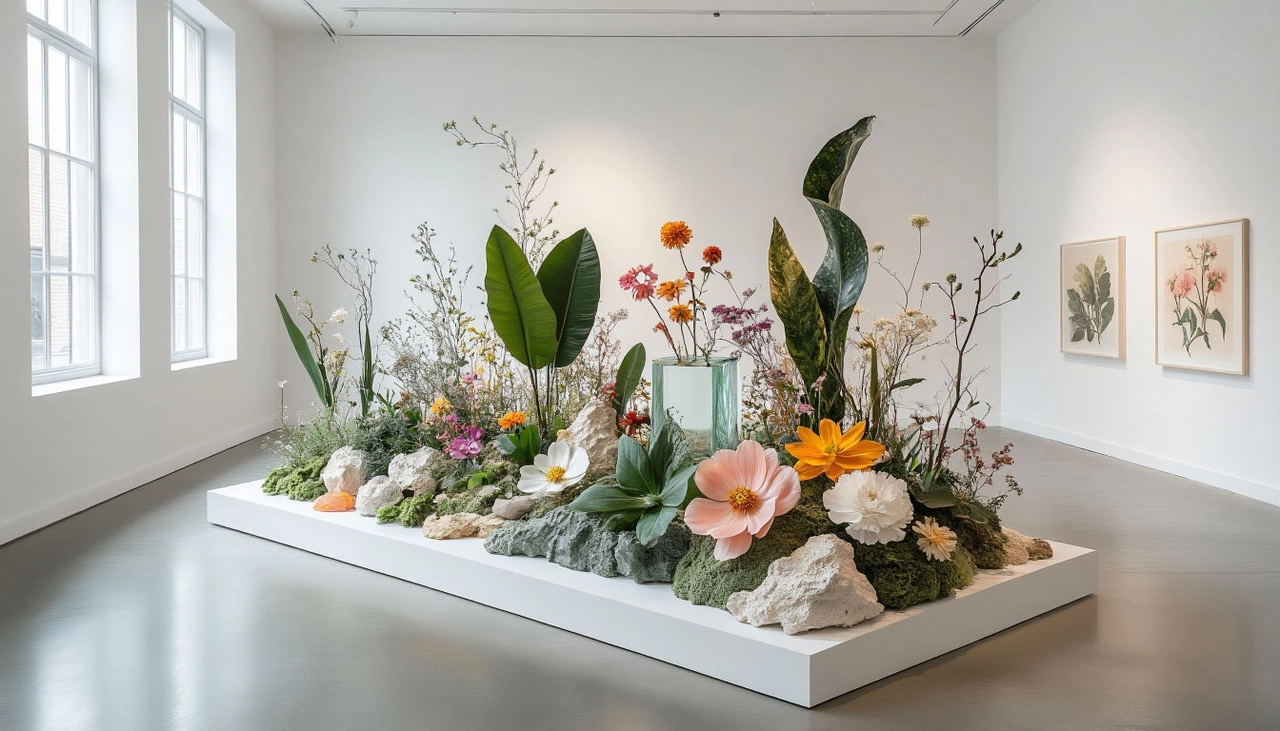
Soft Baroque – London (Nicholas Gardner & Sasha Stucin)
This London-based duo works at the intersection of design and art, always searching for unusual perspectives. When asked whether form or function comes first, they reply: It’s like steering versus braking in a car—you need both at the right moment.
Soft Baroque blends contradiction: lush ornamentation tempered by softness, irony, and play. They embrace material surprises and hybrid forms, creating objects that defy mainstream expectations while keeping subtle humor and ritual.
Their DNA intentionally merges ceremonial complexity with domestic softness—design that’s ritualistic, yet tactile and irreverently approachable.
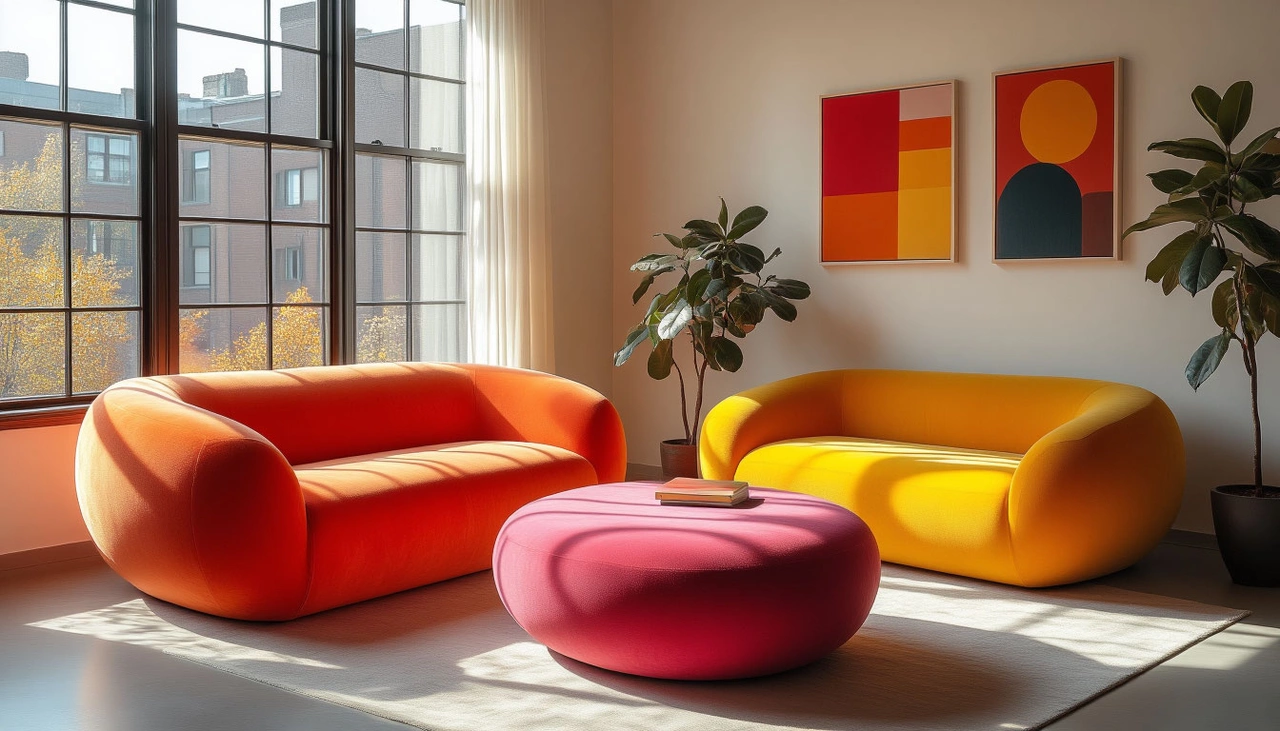
Jules Lobjois – Normandy, France
A graduate of ENSAAMA and DSAA LAAB, Jules works with wood salvaged from wind‑fallen or damaged trees. He honors the unique identity of each fragment, letting its flaws and grain guide the final shape.
For instance, in Mue, he used a split walnut trunk; in Couchant, a crack in an aged oak beam became the defining volume; in Tumulte and Sépale, natural swelling of grafted cherry wood created wave‑like forms. Color, texture, and knot patterns are rarely hidden—they are celebrated.
Good design allows the material’s story to thrive—embracing its anomalies rather than disguising them.

Sofia Karnukaeva – Barcelona, Spain
A MARHI and Bakshtein Institute alumna, Sofia transitioned from architecture to object design and art. Working with ceramics, stone, and metal that carry deep memory and history, her creative process is led by material intuition.
Her pieces ask to be touched, inviting the viewer into a tactile, multisensory experience. For Sofia, design must resonate emotionally and intellectually to create new meaning beyond functionality.
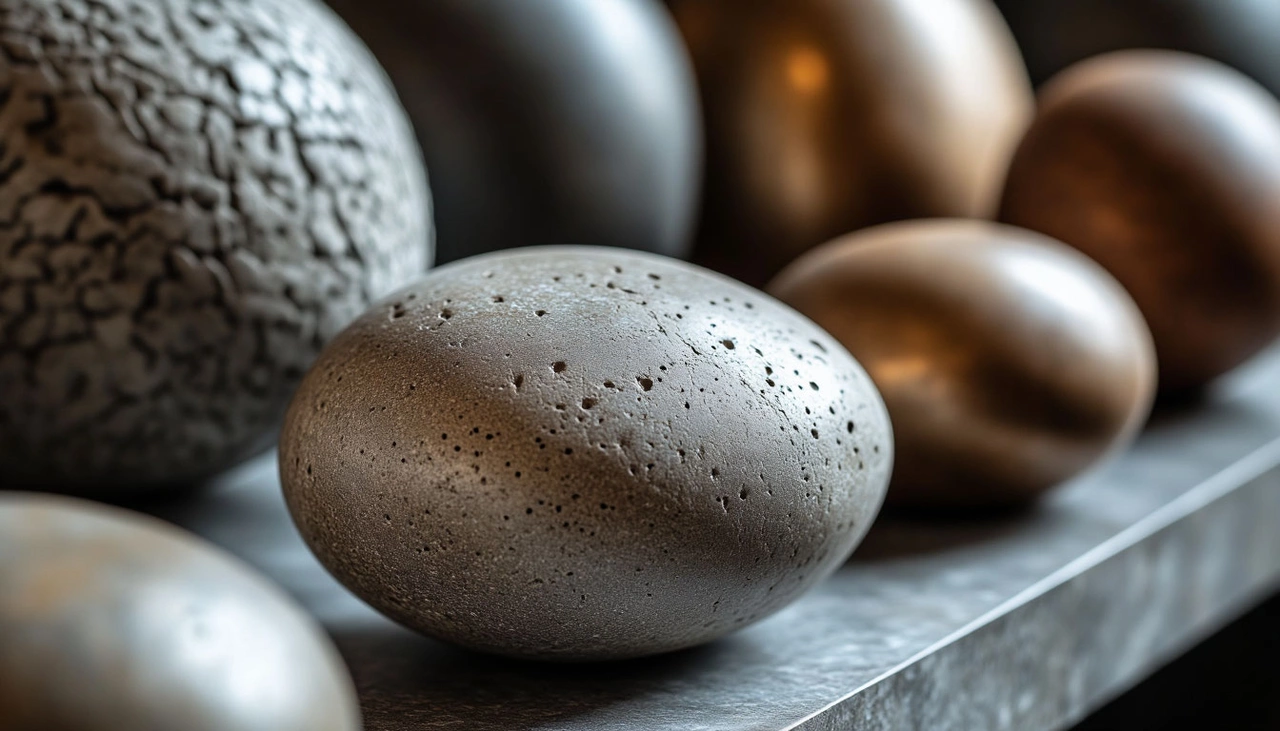
Paul Coenen – Eindhoven, Netherlands
After graduating from Design Academy Eindhoven in 2019, Paul focuses on paper‑to‑metal transformation. Beginning with folded, bent, and manipulated paper models, he explores the structural language of metal.
His method involves hands‑on experimentation to discover folding techniques, joins, and apertures that reveal the hidden capabilities of metal. These structures aim to strike a balance—rooted in now, yet timeless.
Design should reflect the moment while speaking to the future—anchored in context, yet enduring.
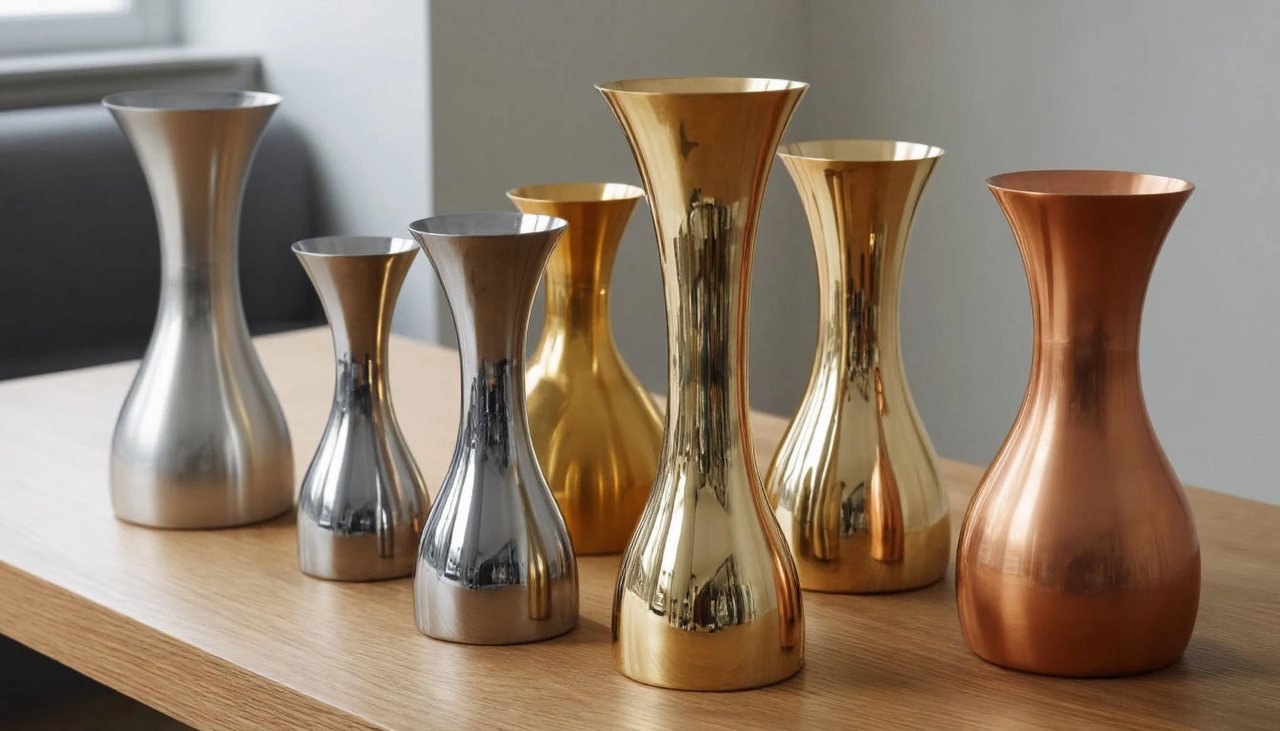
🌟 Why They Matter
These five designers demonstrate how material-led thinking, cultural narrative, and experimental structure can forge forms that speak to both our time and those to come. Their work emphasizes attention to the intangible—emotion, memory, story, purpose—transforming everyday objects into meaningful experiences.
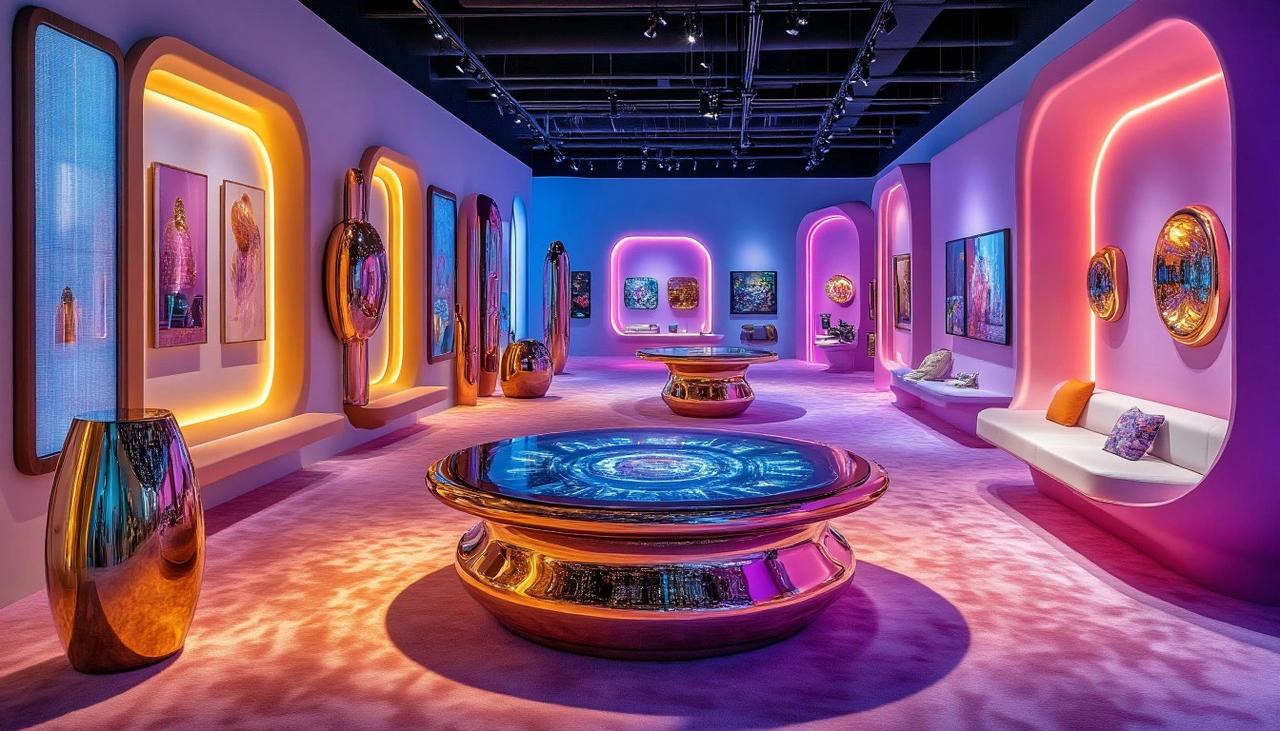
At this year’s Design Shanghai, one of the most thought-provoking sections was undoubtedly Talents+. Founded in 2020, this platform has grown into a powerful stage for emerging designers from China and around the world. The initiative empowers young creatives to express their vision freely, challenge conventions, and experiment with form and material. In 2025, the section took a bold thematic leap with “Confront Conflicts,” examining how design responds to an era marked by instability, war, and social fragmentation.
The exhibition featured 14 individual designers and studios, each presenting a unique perspective on how creative work can reflect, process, or even soften the impact of global crises. What should design look like when the world feels unstable? What emotional or intellectual role can objects play when security and peace are in question?
Let’s explore five standout participants whose visions stood out with radical honesty and poetic innovation.
🧠 Yin Dahua: Poetic Resistance to Technological Domination
Yin Dahua explores the intersection between the human body and the external world. His work questions the dominance of technology and rational thinking in contemporary life, offering instead a more sensory, embodied approach. His fragmented religious relics and tattooed totems serve as tributes to the flesh — a reminder that the body, with all its flaws, carries warmth, memory, and rebellion.
As Yin states, “In an age ruled by data, I highlight the dissonance between personal perception and so-called ‘objective reality’ by emphasizing the tactile and emotional.” His artifacts resemble ancient echoes of humanity’s enduring love affair with its own physical form.

🪑 Masaya Kawamoto: Embracing Imperfection Through Material Alchemy
Tokyo-based designer Masaya Kawamoto began his career designing office furniture for corporate clients but quickly shifted gears to found his own studio, where he pursues human-centric, material-driven design. His most emblematic piece — the PF chair — exemplifies this ethos. Crafted and colored by hand, each chair undergoes an unpredictable transformation in the kiln, making every piece unique.
Two finishes — Oboro and Kasumi — reference soft mists and elusive atmospheres, reflecting Kawamoto’s sensitivity to natural nuance. Each chair’s color and texture depend on the steel's thickness and cooling speed, meaning no two are alike — a quiet celebration of irregularity.
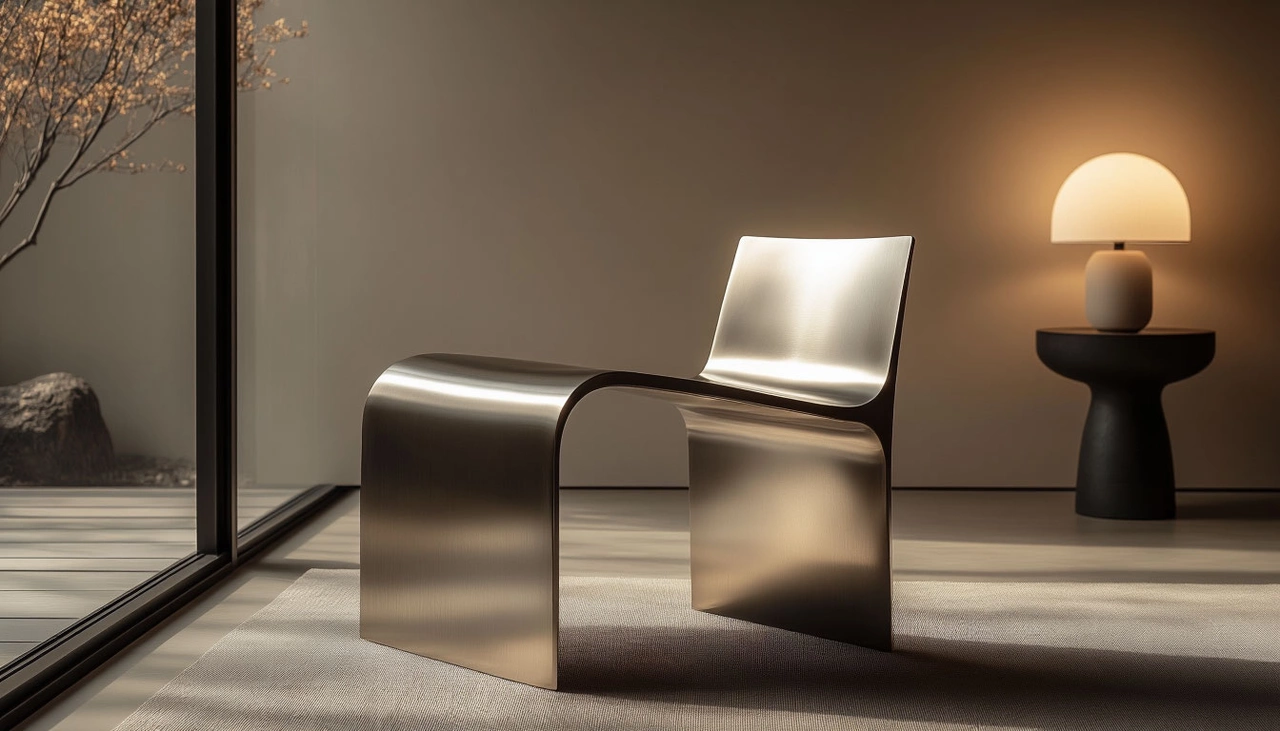
🧬 Abid Javed / Objets Mito: Where Biology Meets Form
London-based designer Abid Javed draws inspiration from the invisible worlds of mitochondria, cellular structure, and microbiology. His project Objets Mito explores sculptural biophilia — where biology and art entwine to form limited-edition pieces that blur the line between design and life.
Using clay as a base, he incorporates bronze, glass, and paper into abstract forms that resemble living organisms. At Design Shanghai, Javed extended the sensory experience further by adding custom fragrances to his sculptures — inviting visitors not only to see and touch, but also to smell the design.
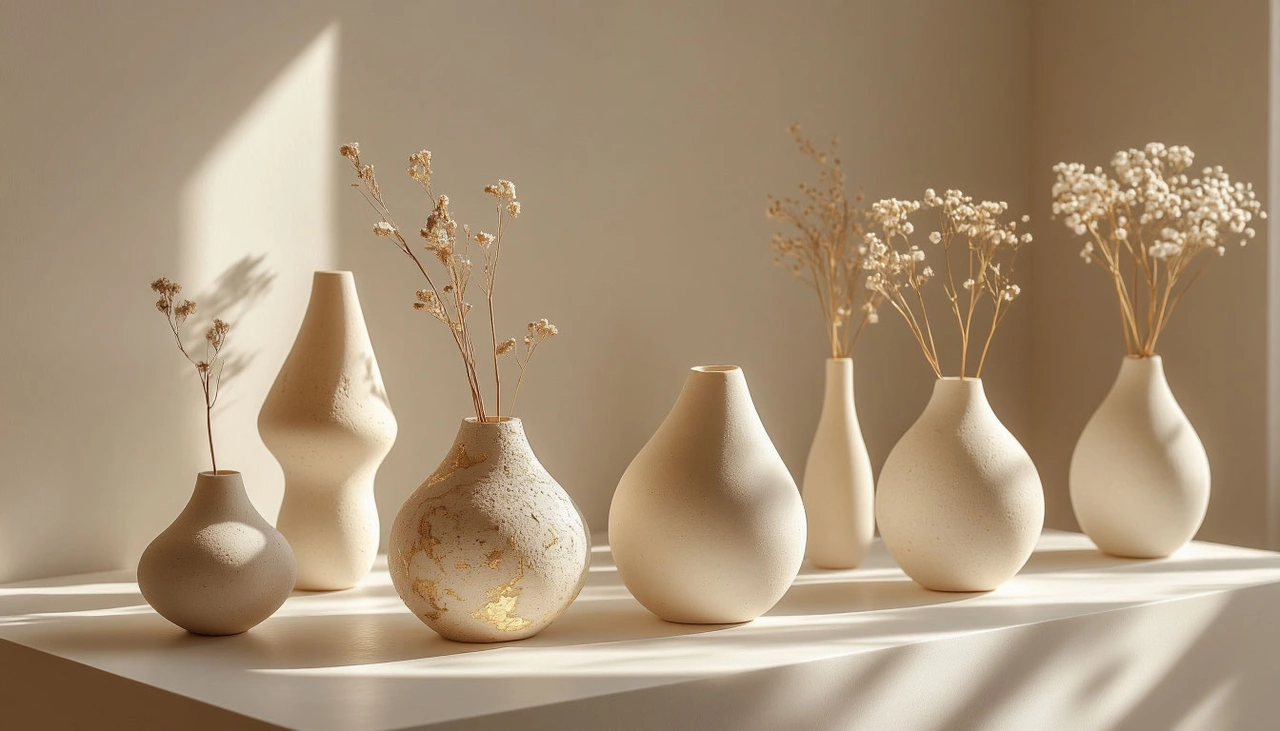
🏛️ Doucement Design Studio: Where Architecture Meets Fabric
The French-named Doucement Studio blends architecture and fashion to explore the tension between hard and soft materials. “We find beauty in contrast,” the designers explain. “Like our name implies — softness — we draw inspiration from flowing organic forms and fleeting emotional states. We believe strength can also manifest through tenderness.”
Their work investigates this duality using textiles and concrete-like structures, turning domestic space into a metaphorical stage where emotion, weight, and delicacy coexist.
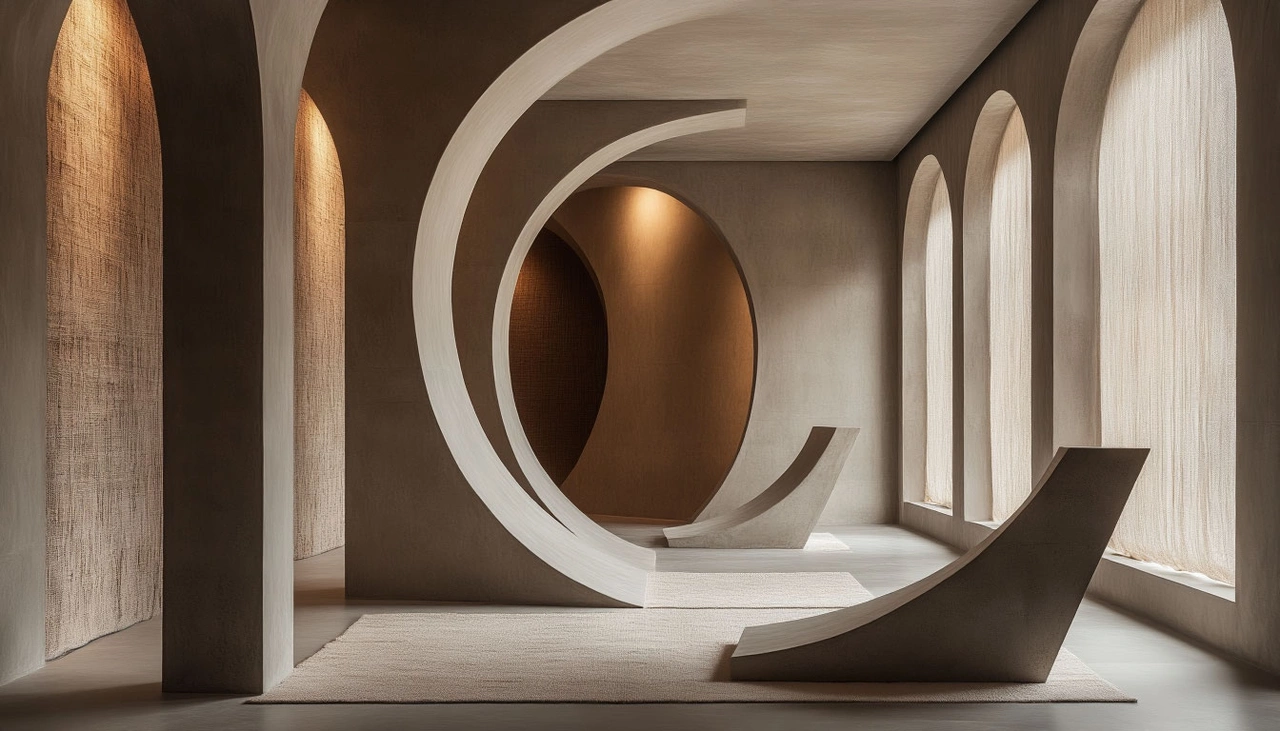
💡 RE+N Studio: Designing Light for a New Tomorrow
Founded by Harvard and Tsinghua alumni Yuting Zhang and Pu Zhang, RE+N (Re-Evolve Narrative Studio) operates at the intersection of architecture, storytelling, and sustainability. Based between Hangzhou and Shanghai, the studio emphasizes context and memory in its work.
Their debut series, Lunar Gleam, transforms light into an architectural medium. Crafted from recycled aluminum and 3D-printed bioplastics (PLA/PETG), these modular pieces function as both lamps and large-scale spatial installations. The series underscores the studio’s dedication to environmentally conscious design and the poetic potential of technology.